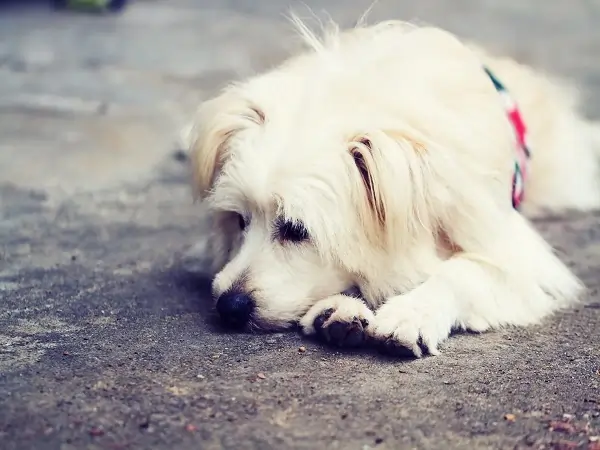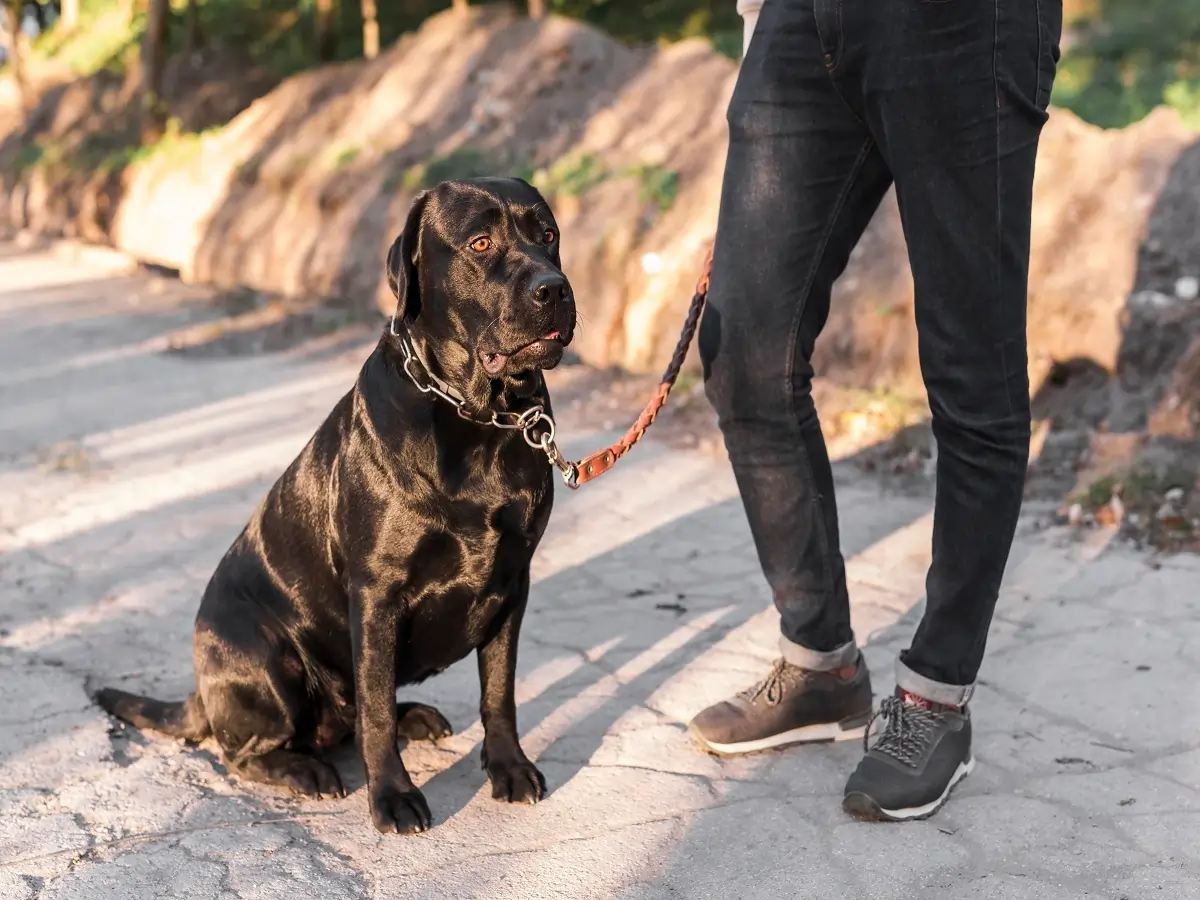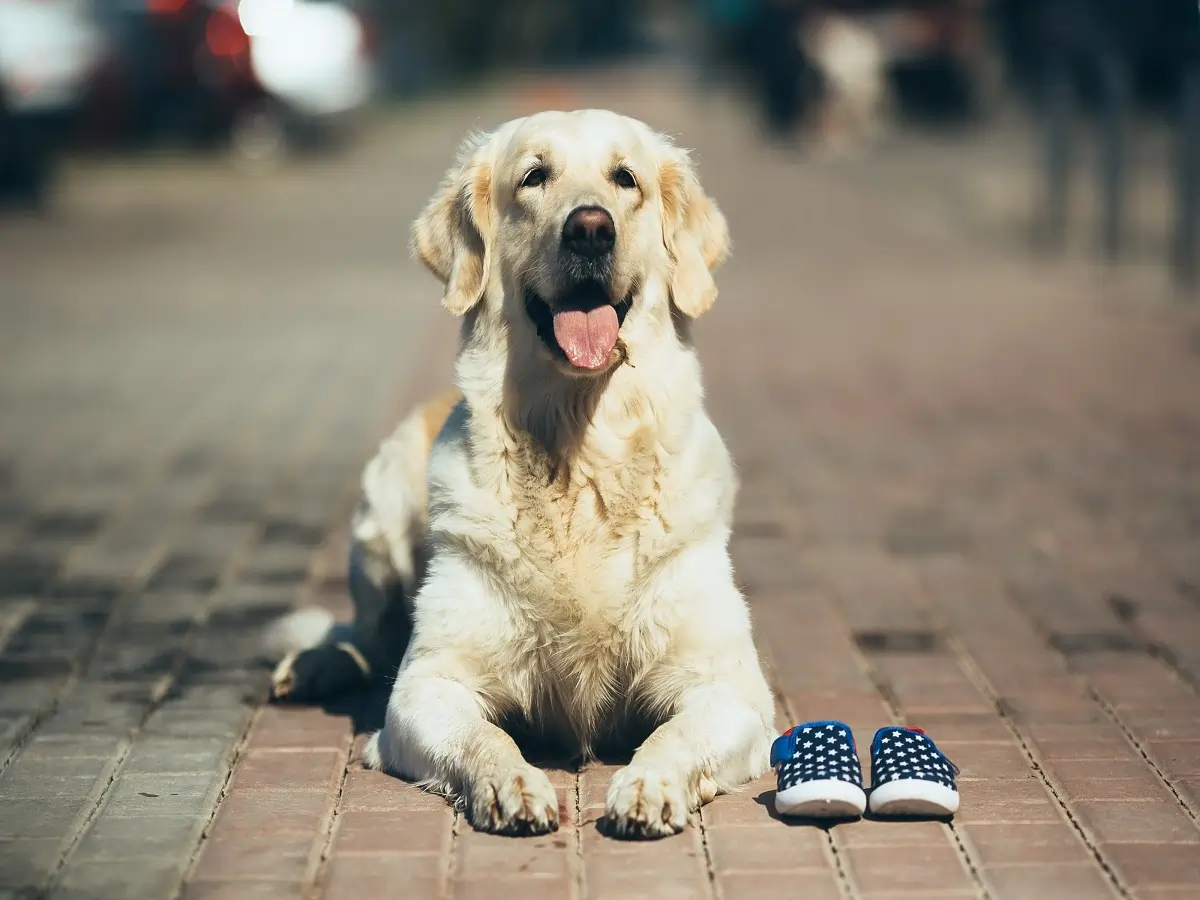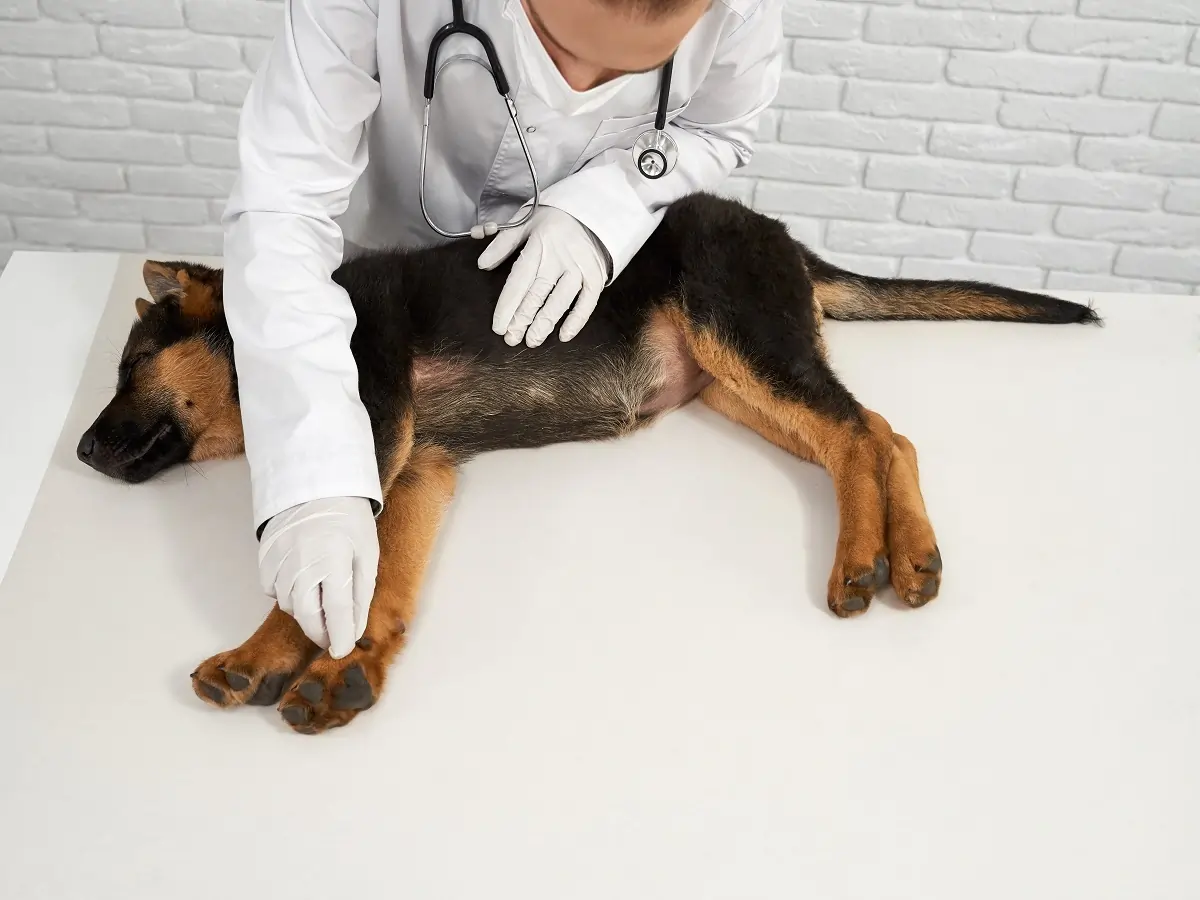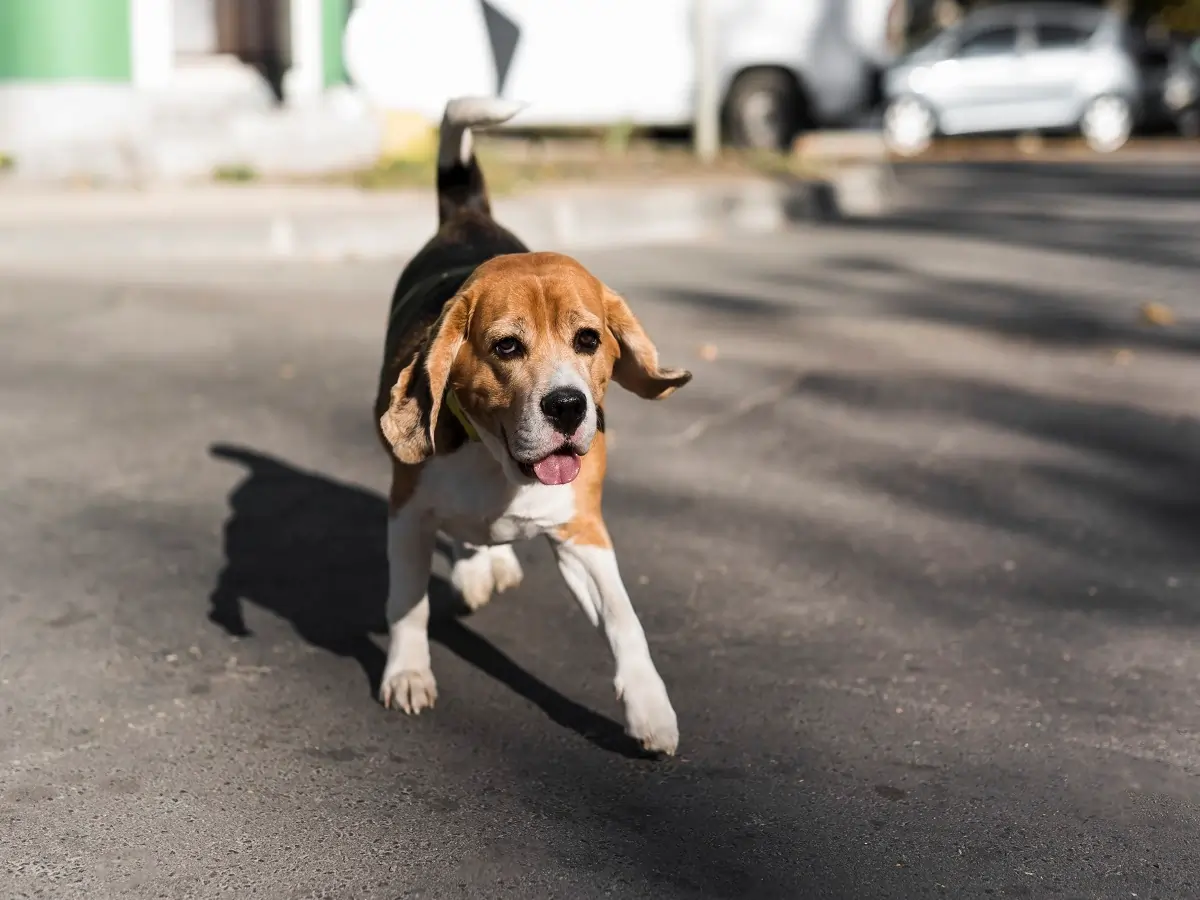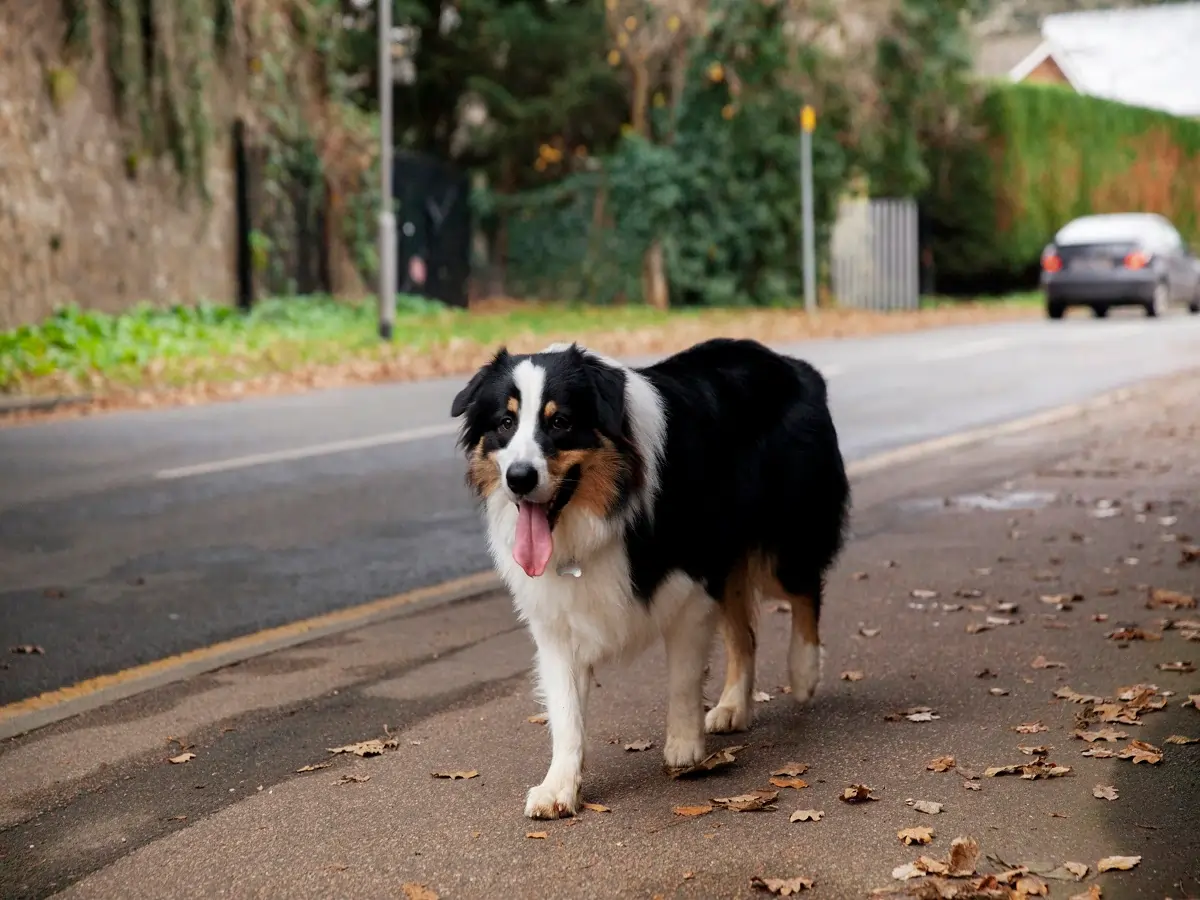Have you ever been walking your dog, and suddenly, they stop and won’t move? This can be confusing and worrying for many dog owners. It is important to know why your dog stops walking. This helps make walks fun and can show if there are any health or behaviour problems.
In this blog, we will talk about different reasons why your dog might stop during walks. It could be because they are tired, too hot, scared, or have a health issue. We will also give you some tips and solutions to make walks with your dog more enjoyable and stress-free.
Table of Contents
Toggle5 Common Reasons Why Dogs Stop Walking
Dogs might stop walking for many reasons. Knowing why can help fix the problem. One common reason is that they are tired, especially if the walk is longer or harder than usual. On hot days, they might stop because they are too hot and need a break. Pain or discomfort from an injury, arthritis, or paw problem can also make walking hard for them. Sometimes, dogs stop walking because they are scared, anxious, or just not interested. Finding out the exact reason is important to help your dog feel better and enjoy walks again. Let’s figure out some common reasons of why does your dog stop walking.
1. Fatigue: Your Dog Might Be Tired And Needs a Break
Fatigue is a common reason why dogs stop walking during outings. It is important to know when your dog is tired so they can rest. Signs of a tired dog include slowing down, panting a lot, a drooping tail, and not wanting to keep moving. A tired dog might also lie down or sit often during the walk. If your dog is very tired, they might stop walking completely, showing they need a break.
To prevent fatigue, watch for these signs early. If you see your dog getting tired, let them rest and give them water. Adjust the length and intensity of walks based on your dog’s fitness level to help prevent tiredness and make walks more fun for both of you.
2. Overheating: Your Dog Might Be Struggling Due To Heat Outside
Overheating is a serious concern, especially during hot weather, and can easily cause a dog to stop walking. Symptoms of overheating in dogs include excessive panting, drooling, bright red or pale gums, being really tired, and not moving well. If your dog is too hot, they might suddenly stop, look for shade, or lay down to cool off. It is important to notice these signs early to avoid more serious problems.
If you see signs of overheating, find shade right away and give your dog water to drink. Putting wet towels on their body can also help bring down their temperature. To stop overheating during walks, go out in the cooler parts of the day like early morning or late evening. Always bring water, take breaks often, and avoid hot ground that can burn your dog’s paws and make them too hot. By being careful, you can keep your dog cool and happy on walks.
3. Discomfort or Pain & Paw Injuries or Irritations
When a dog feels pain or discomfort, it can make walking hard for them. Things like arthritis or injuries can cause this. Watch for changes in how they walk, like limping or favoring one leg. Checking their paws for cuts or scrapes is important to keep them comfortable. Trimming their nails and using paw balms can help prevent discomfort during walks. If a dog is in pain, they might suddenly stop walking or not put weight on a leg. Signs like this mean they need a break, especially if they are tired or too hot. Giving them water and avoiding hot ground keeps walks safe and fun for dogs.
4. Fear And Anxiety: Your Dog Might Be Feared of Something
When a dog feels scared or nervous, they might stop walking because they want to run away or feel stuck. Fear and anxiety can make them see things around them as dangerous. So, they stop moving to protect themselves. This can show in different ways, like suddenly stopping during a walk, hiding, shaking, or trying to go back home. Fear or anxiety can also make their heart beat faster, make them pant a lot, or make their eyes look big, making it hard for them to keep walking. Sometimes, they might be scared of specific things they encounter on walks, like loud noises, new places, or meeting other animals or people. This makes them stop until they feel safe again.
If your dog seems scared, stay calm and comfort them with kind words and gentle touches. Giving them treats or praising them for good behaviour can also help. Moving away from whatever is scaring them, getting their attention on something else, and slowly introducing them to the scary thing can make them feel less anxious. If your dog keeps being scared, it might help to talk to a dog trainer or behaviour expert. Being patient and understanding can help your dog feel safer and happier during walks, making it better for both of you.
5. Arthritis and Joint Pain
Arthritis and joint pain can make it really hard for a dog to walk comfortably. It hurts when they move because their joints are swollen and sore. This makes them walk funny or limp as they try to ease the pain. They might not want to put weight on the sore limbs, so they walk less or not at all. Feeling pain all the time can also make them tired and less active. Over time, arthritis can make it even harder for them to walk or move. If you notice signs of arthritis, like limping or difficulty moving. It is important to find ways to help manage the pain and make their life better.
How to Address and Prevent Walking Issues in Dogs
Here are some tips to help with walking issues in dogs:
- Watch for Signs of Discomfort: Pay attention to how your dog acts during walks. If they limp, hesitate to walk, or pant a lot, they might be uncomfortable.
- Regular Vet Check-ups: Take your dog to the vet often to make sure they are healthy. This can catch problems like arthritis early.
- Keep a Healthy Weight: Make sure your dog is not too heavy. Extra weight can hurt their joints.
- Give Enough Exercise: Dogs need exercise, but don’t overdo it. Adjust their walks based on their age and health.
- Use Good Equipment: Get a good collar or harness and leash for your dog. Avoid retractable leashes because they can be unsafe.
- Teach Good Walking: Train your dog to walk nicely without pulling or jumping.
- Choose the Right Routes: Pick walking paths that suit your dog’s needs. Avoid busy places if your dog gets scared easily. When I pick a path for my dog’s walk, I choose carefully based on what is best for them. I like quieter places where my dog can feel comfortable exploring without too many people around. I also think about the weather, especially in summer. Hot pavement can hurt a dog’s paws. So, I avoid walking when it is hottest. I prefer going out early in the morning or in the evening when it is cooler. This way, we both enjoy our walks safely.
- Get Used to Things Slowly: If your dog is scared, introduce new things gradually.
- Keep Them Busy: Give your dog activities during walks to keep them entertained.
- Watch the Weather: Be careful walking in extreme weather. Protect your dog from hot pavement or icy ground.
By following these tips, you can make walks enjoyable and safe for both you and your furry friend.
Final Words
In conclusion, understanding why dogs stop walking is important for being a good pet owner. Whether it is because they feel uncomfortable, scared, or because of things around them, spotting the signs and fixing the problems is key to keeping our furry friends healthy. We can help by taking good care of them, like going to the vet regularly, making sure they are not too heavy, and giving them enough exercise and things to think about. Sometimes, though, we might need help from experts like vets or dog trainers to figure out what is going on. With care and patience, we can make sure our dogs enjoy their walks and stay happy and healthy.

